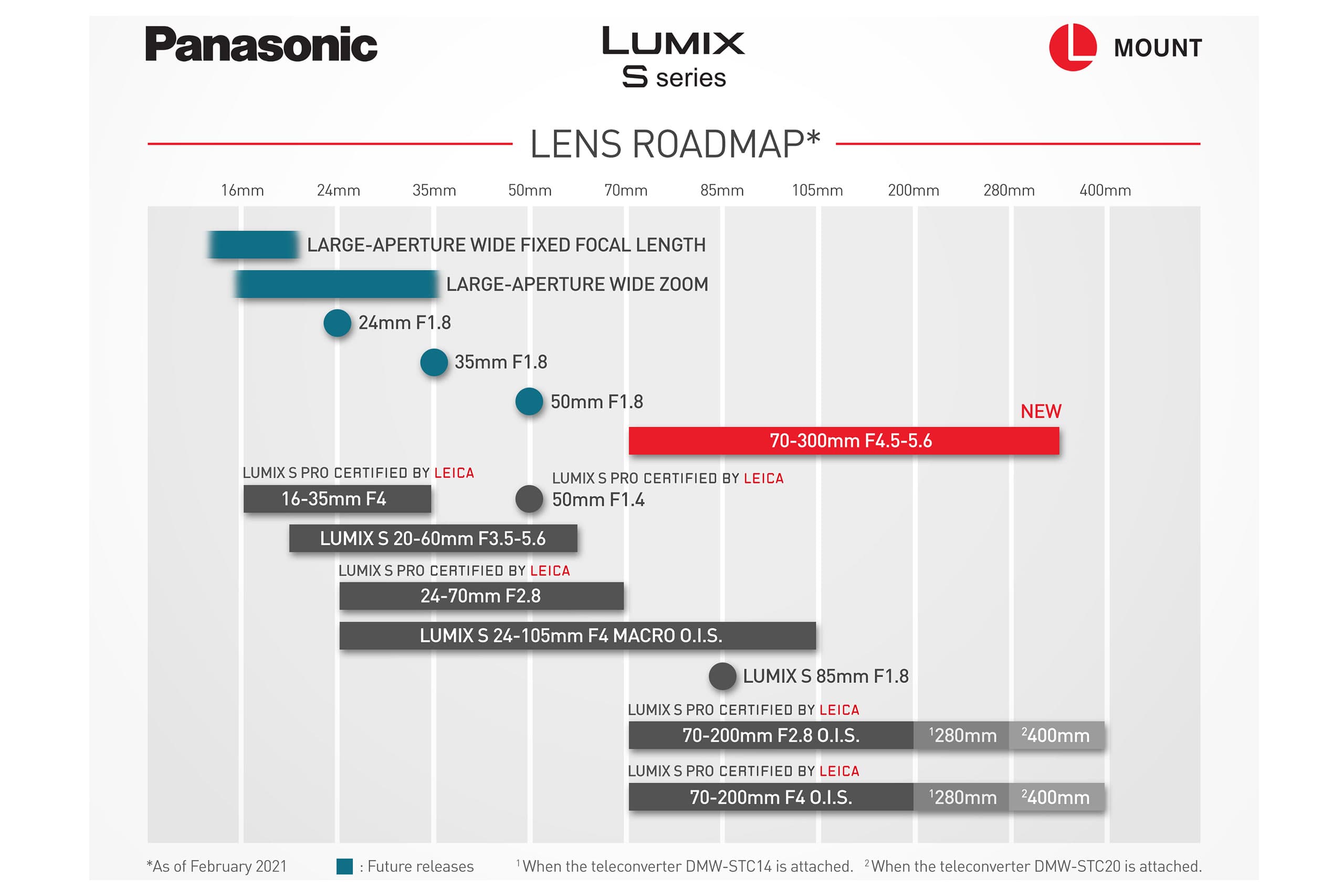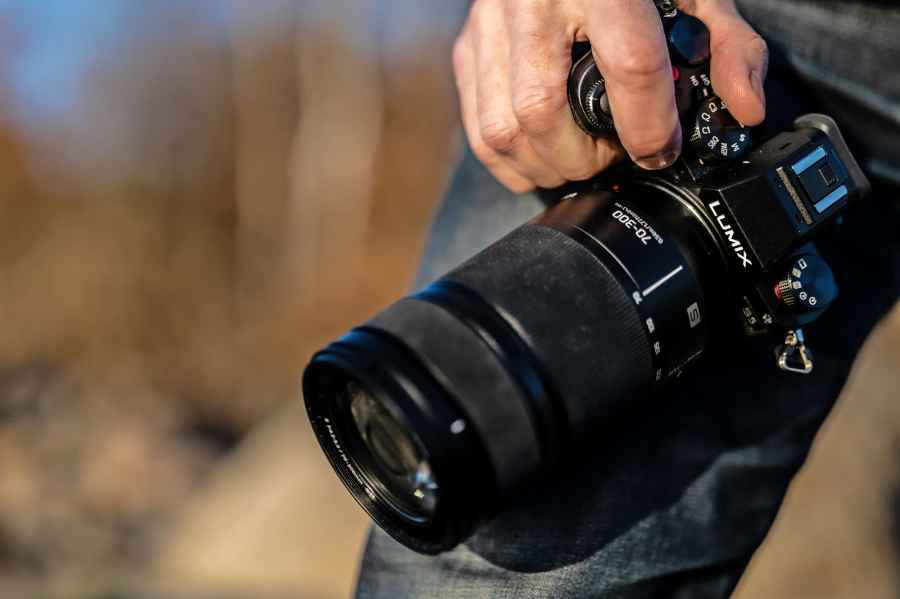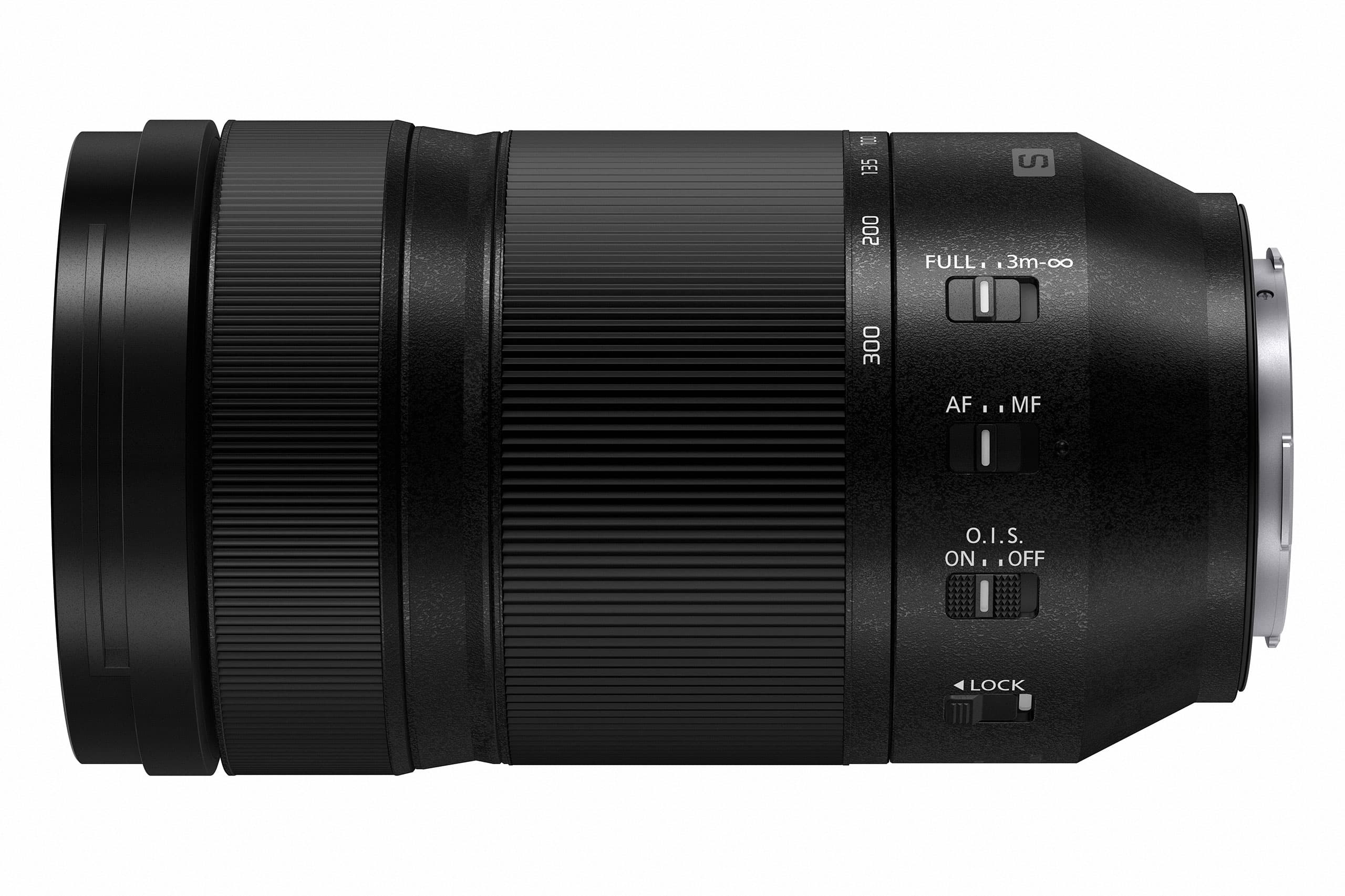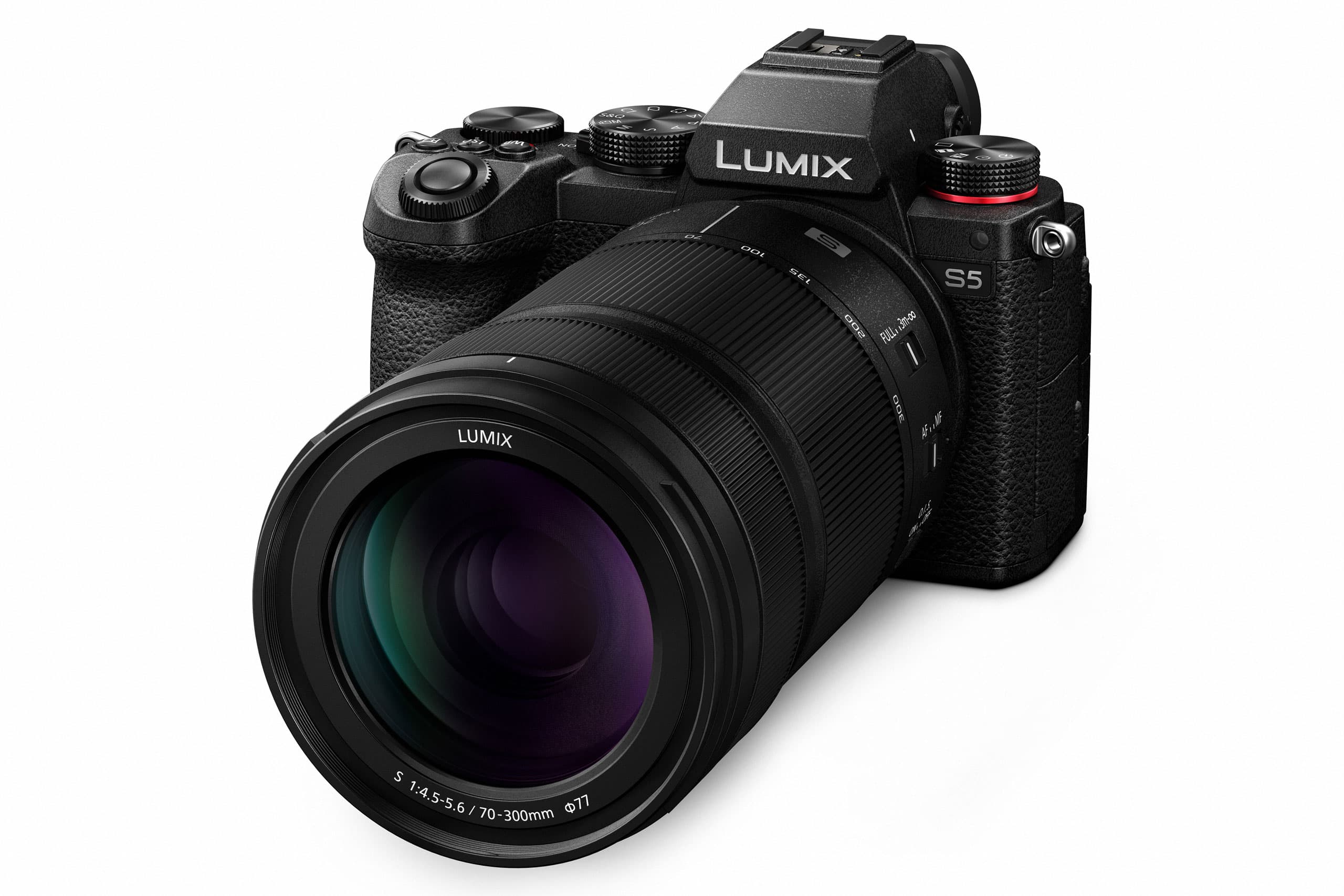Panasonic has released a telephoto zoom for its full-frame L-mount cameras, in the shape of the Lumix S 70-300mm F4.5-5.6 Macro OIS. The firm claims that it should offer outstanding image quality along with fast, precise autofocus. It’s also compatible with Dual IS, meaning that the lens’s optical stabilisation operates in conjunction with the in-body stabilisation in Lumix S cameras, enabling hand-held use at shutter speeds up to 5.5 stops slower than would otherwise be possible.
Optically, the lens employs 17 elements in 11 groups, including one UED (Ultra Extra-low Dispersion) lens, two ED (Extra-low Dispersion) lenses and one UHR (Ultra-High Refractive Index) lens. Together, these aim to suppress colour fringing due to both lateral and axial chromatic aberration, while maintaining high image quality across the frame. An 11-blade rounded aperture promises attractive bokeh.
One notable feature is unusually close focusing, ranging from 54cm at the 70mm end to 74cm at the 300mm setting. The latter provides an impressive 0.5x magnification, equating to an image area of 72mm x 48mm. A switch on the side of the barrel can be set to limit the minimum distance to 3m, which should reduce any hunting when shooting distant subjects.
Physically, the lens boasts a dust and spash-resistant design, along with fluorine coating on the front element to repel raindrops and fingerprints. It measures 148mm in length and 84mm in diameter, weighs 790g, and takes 77mm filters – unusually large for this type of lens, but shared with several other Lumix S lenses including the 16-35mm F4 and 24-105mm F4. The lens is due to go on sale at the start of May for £1259.99.
The firm has also updated its lens roadmap in the light of the 70-300mm’s launch. Upcoming lenses include 24mm f/1.8, 35mm f/1.8 and 50mm f/1.8 primes in the same style as the recently-launched 85mm f/1.8, along with a wideangle prime in the same series, and large-aperture wideangle zoom (16-35mm f/2.8 or similar). The latest version is shown below, click on the image for a larger, more legible version.










